Smart Glasses for Blinds
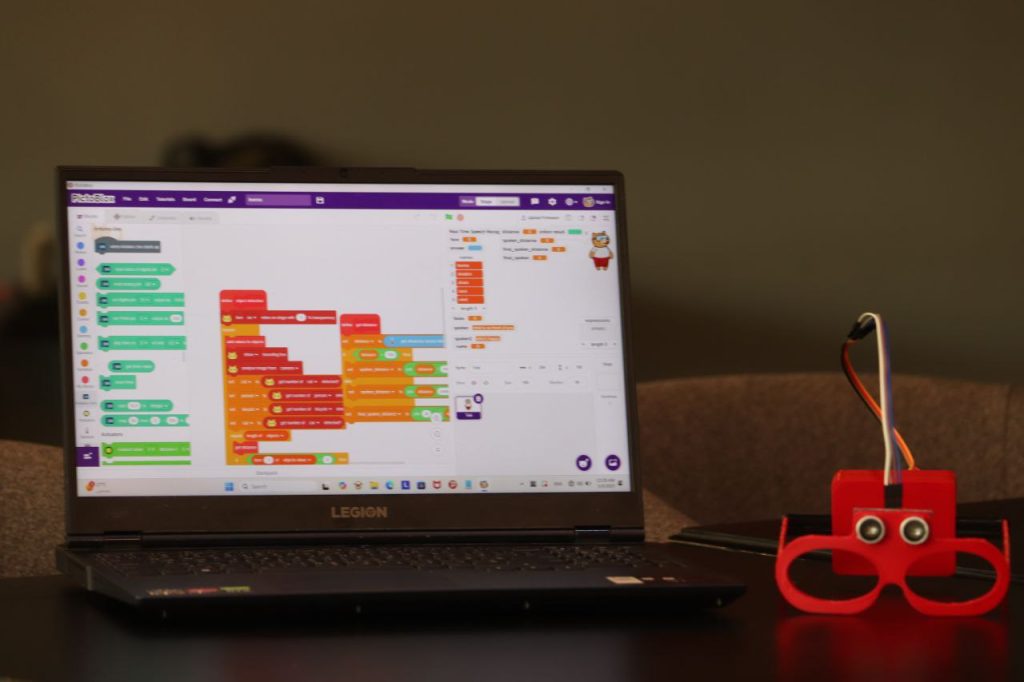
Our project:
Our AI glasses is an innovative project designed to support visually impaired individuals in navigating their daily lives safely and independently. Created by a dedicated team of three 6th-grade students from Damascus, Syria, these smart glasses combine modern artificial intelligence technologies to provide real-time assistance.
The glasses offer four essential features. First, they monitor the distance between the user and nearby obstacles using ultrasonic sensors, helping prevent collisions and ensuring safer movement. Second, the glasses can recognize paper currency, allowing users to handle financial transactions confidently without external assistance. Third, the glasses includes a facial recognition feature that identifies stored (saved) faces of family members and friends, helping users recognize the people around them. Finally, the glasses can detect and identify common objects in front of the user, providing clear audio feedback to help them understand their surroundings.
By combining affordable hardware with advanced AI models, the glasses makes assistive technology more accessible. The system uses a camera module for capturing images, lightweight AI models for fast processing, and audio output for delivering real-time information to the user.
Our goal is to make life easier and safer for visually impaired people through technology, and we believe our AI-glasses is a big step toward that future.
DR DANAMAITA
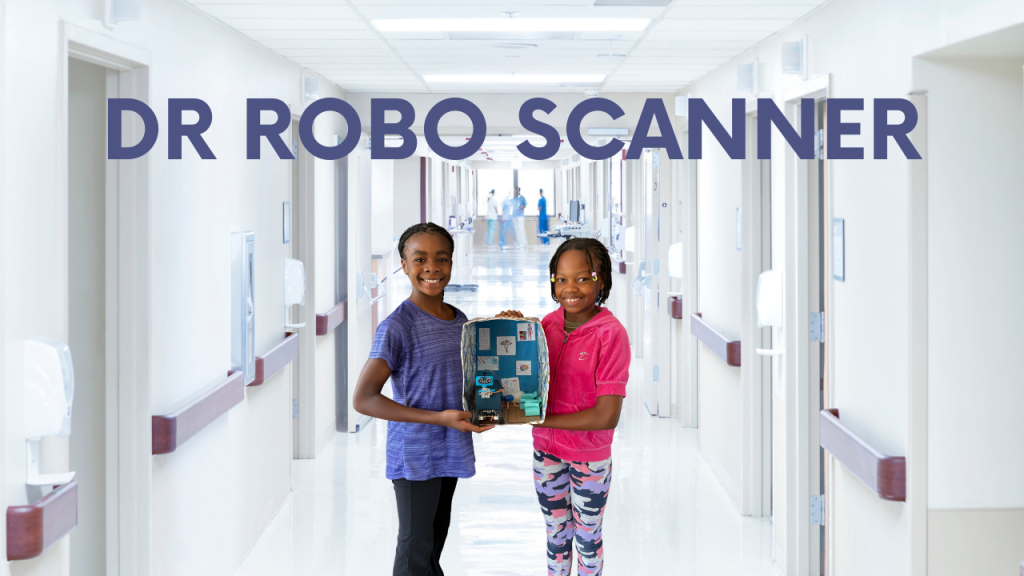
Sometimes, when people are sick, they have to wait in long lines just to see a doctor. That can take a really long time, and some people don’t feel well while they wait.
So, we made a Dr Danamaita!
Our robot can help people faster. It asks you questions like and then gives you some medication you can try.
It’s kind of like talking to a super-smart computer that knows a lot about health. It helps people get answers fast, even if there’s no doctor nearby.
We made this to help busy hospitals and people who live far away. It’s like having a mini doctor in your phone or tablet!
THE PARALYSIS CAR
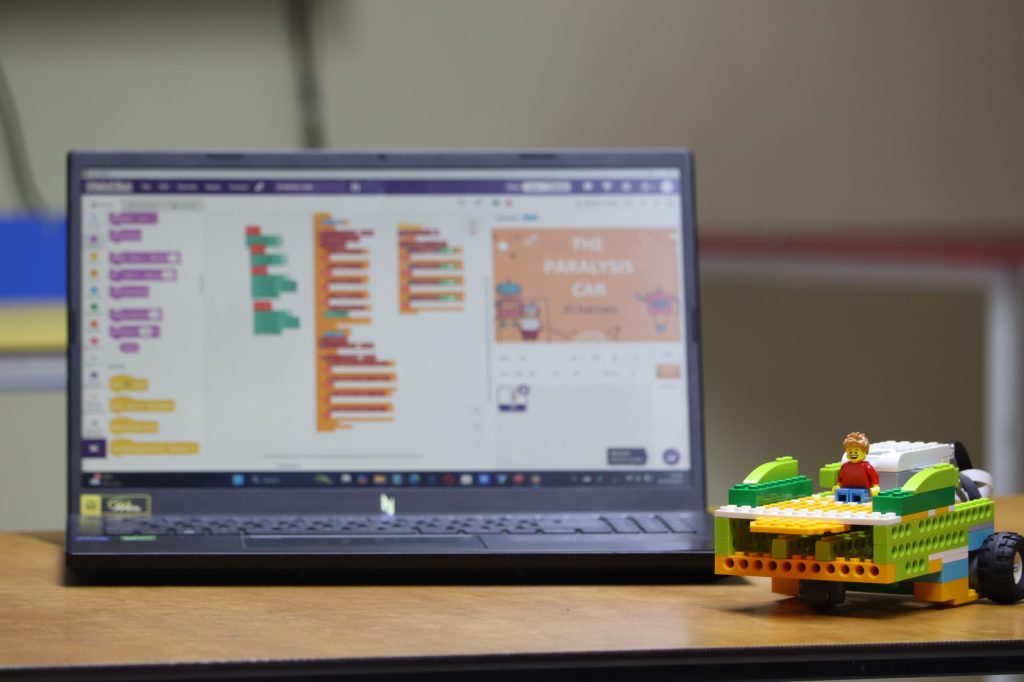
“THE PARALYSIS CAR” is an innovative project designed to empower individuals with physical disabilities, especially those with limited hand movement, by enabling them to control a small robotic car using only head movements. Initially, the team experimented with hand gesture controls but soon realized that some users—especially those with severe paralysis—could not rely on hand movement. This challenge inspired a shift toward using head tilts as the primary control mechanism.
The system integrates Pictoblox, LEGO WeDo, and Teachable Machine to recognize specific head tilts—left, right, and forward— backward and convert them into movement commands for the car. A webcam captures these movements, and machine learning models process them in real time, allowing quick and responsive control.
This solution offers a new way for people with paralysis to interact with technology and improve their mobility without traditional input devices like joysticks or remotes. The project was developed with a focus on accessibility, affordability, and simplicity, making it ideal for both educational and real-world applications.
Beyond its technical value, “THE PARALYSIS CAR” aligns with the United Nations’ Sustainable Development Goals, particularly:
Goal 3: Good Health and Well-being
Goal 9: Industry, Innovation, and Infrastructure
Goal 10: Reduced Inequalities
By combining artificial intelligence with empathy-driven design, the project demonstrates how technology can evolve to break barriers and create a more inclusive future……
Med bot
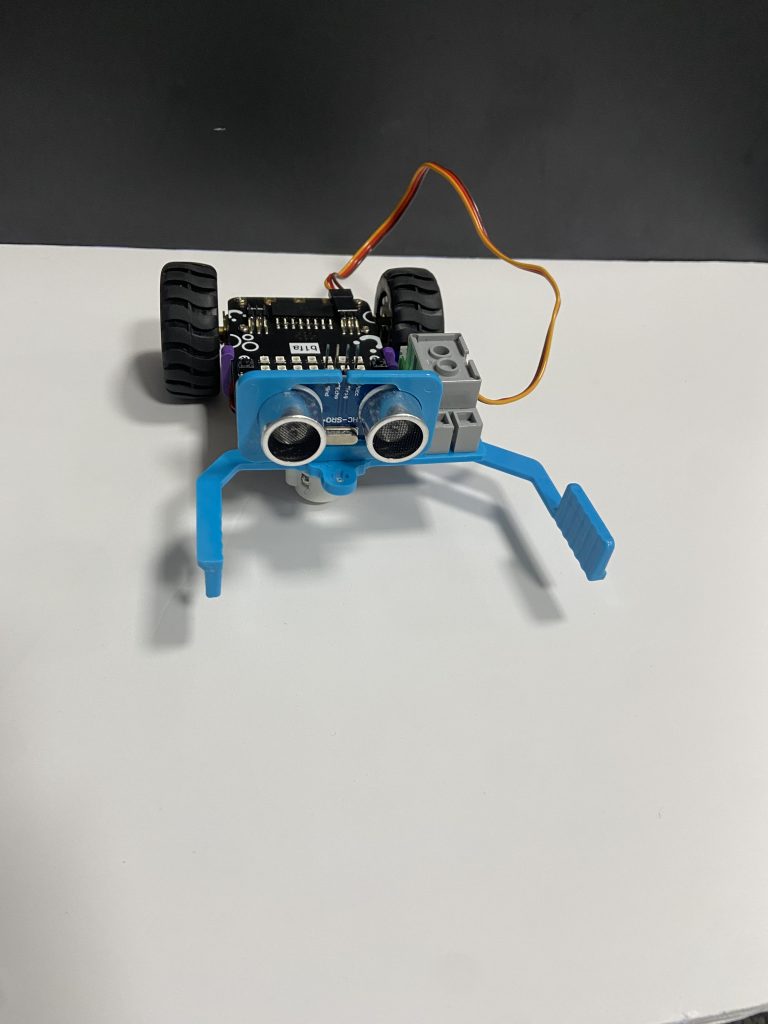
Medical delivery robot can greatly support elderly individuals who live alone by ensuring they take their medications on time. This robot can be programmed to deliver the right medicines directly to the person’s home or room at scheduled times, providing reminders and even instructions for use. This helps reduce the risk of missed doses or incorrect intake, promoting better health and independence for the elderly while also giving peace of mind to their families and caregivers.
Stroke Aware

The Stroke Device is a wearable system that monitors SpO2 and BPM levels in real time while connected to a mobile app for easy tracking. It also conducts facial droop, arm weakness, and voice recognition tests through the app to help identify potential early signs of stroke. We’ve used the esp32 with a max3010 sensor that reads the bpm and sp02 that shows on the app.
Med bot
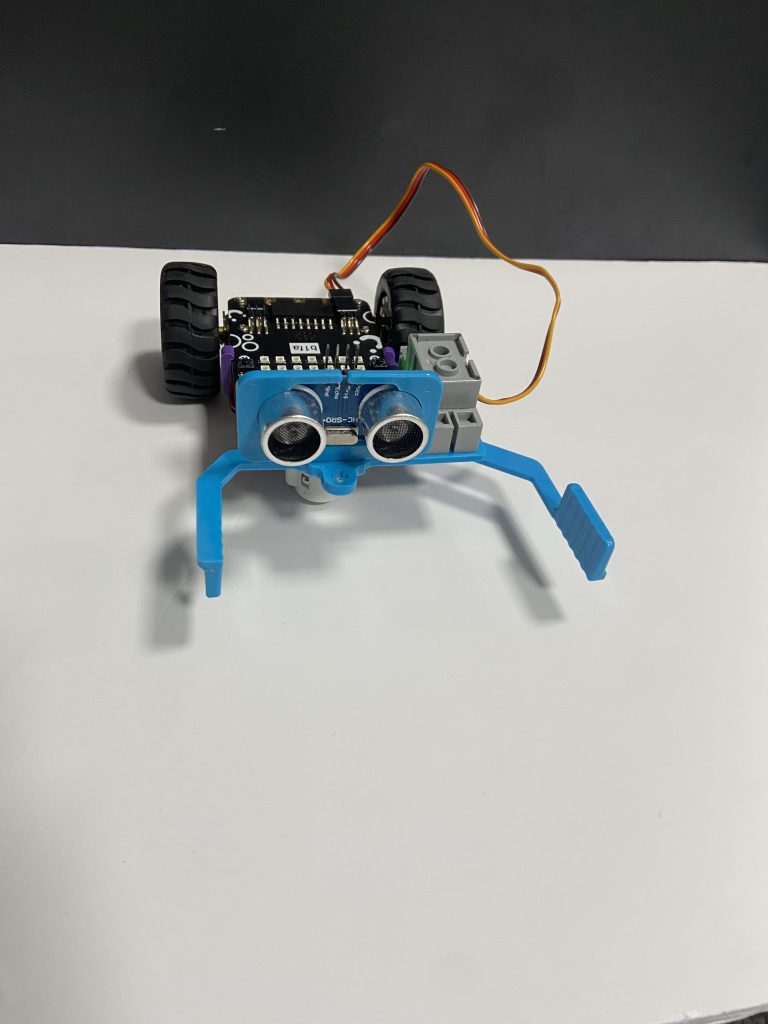
Medical delivery robot can greatly support elderly individuals who live alone by ensuring they take their medications on time. This robot can be programmed to deliver the right medicines directly to the person’s home or room at scheduled times, providing reminders and even instructions for use. This helps reduce the risk of missed doses or incorrect intake, promoting better health and independence for the elderly while also giving peace of mind to their families and caregivers.
Posture Corrector

AlignMate is a smart, wearable posture correction device designed to help individuals maintain a healthy spine position throughout the day. With the increasing number of people working or studying in sedentary environments, poor posture has become a common issue that leads to chronic back pain, fatigue, and long-term health complications. AlignMate addresses this problem by using a tilt sensor that detects when the user’s back slouches or bends beyond a healthy angle. When poor posture is detected, a vibrating motor is triggered, alerting the user to correct their position immediately.
The core functionality is built using a microcontroller that continuously monitors the sensor input and activates the motor only when needed. Additionally, an experimental computer vision system using Python, OpenCV, and MediaPipe allows posture analysis from camera input, which could be integrated into a mobile app in future versions. AlignMate is cost-effective, easy to wear, and ideal for students, office workers, and anyone looking to improve their posture and overall well-being.
BrainBot

The goal of this project is to help children with autism and speech delays learn and grow through the use of an interactive, responsive humanoid learning robot. This robot uses a combination of visual cues, voice prompts, and physical movements to create a multisensory learning experience that is both engaging and educational. By providing consistent and predictable interactions, the robot supports the unique learning styles and needs of neurodiverse children. It teaches them fundamental life concepts, such as distinguishing between left and right, recognizing directions, and understanding basic daily functions and routines. These are essential for helping children become more aware of their environment and develop greater independence in everyday tasks. The robot also encourages communication by responding to children’s actions and inputs, making learning more intuitive and enjoyable. Overall, this project aims to provide a supportive, inclusive, and joyful educational experience—one that promotes development through empathy, consistency, and innovation.
UV light clip
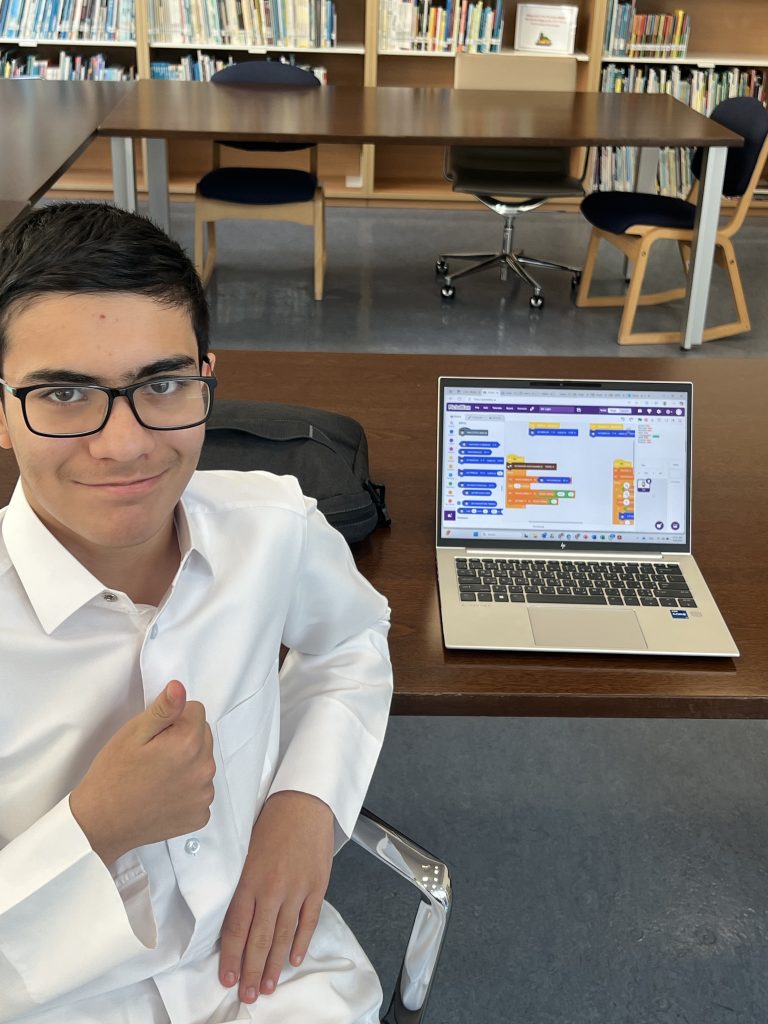
Project Overview: UV Light Sensor
– Our project involves a UV light sensor designed to detect harmful UV rays that could impact you while walking in the sun. It not only sounds an alarm but also changes color to alert you, encouraging you to seek shade.
BnRUST – Balance n Reduce Your Screen Time
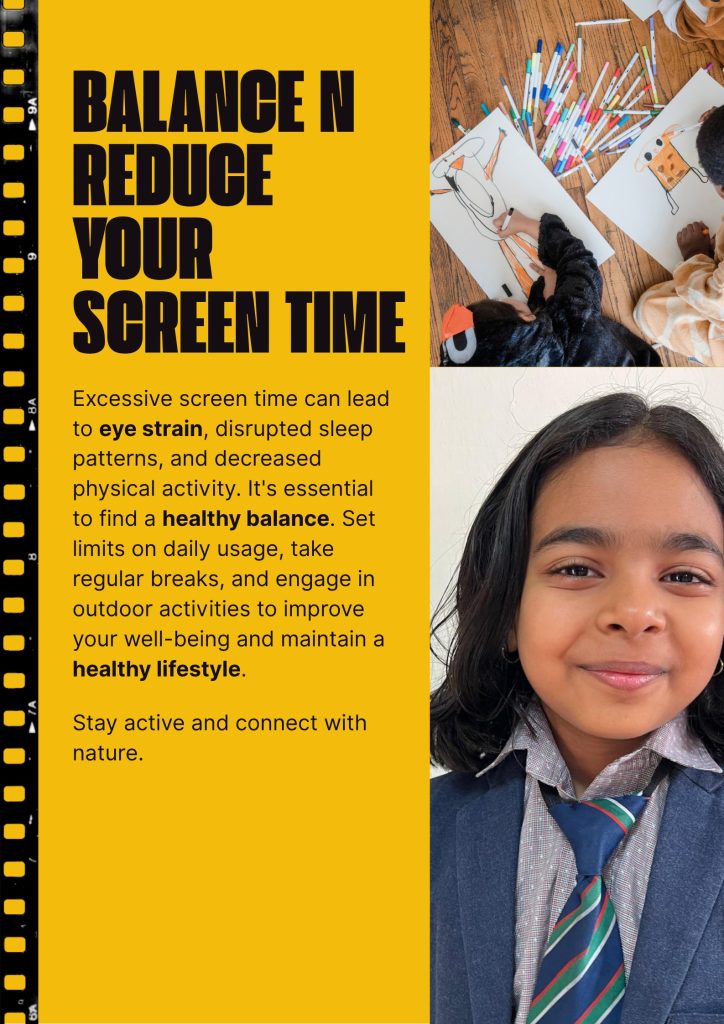
A WHO (World Health Organisation) report says “school children of the age of 6 to 14 across the world, the screen time is more than two hours”. It says excessive screen time has replaced healthy behaviours and habits such as physical activities, proper sleep and social behaviour. The addictive screen Time behaviour poses other health problems like eye strain, poor vision, neck pain, headaches, attention problem and increased anxiety. Lack of exercise leads to obesity too.
“Goal 3 “of the United Nations Sustainable Development is “Good Health and Well Being”. Following its guidelines I have made my project
“BnRUST” Balance and Reduce your screen Time
It uses the coding platform PICTOBLOX and I have used Blockcoding to code. For a balanced use of technology the content which is watched should be useful like that which can improve our knowledge and build good character as well. But even though the content is good it should not be excessive as it will lead to health risks. Therefore, the robot character “Issac” is the TV Assistant who guides us through”. My project gives suggestion day wise what good contents can be watched. I have categorized the first three days to watch something educational like peekaboo kidz where children learn about the science behind all that works. The project suggests the next three days also educational but light like peppa pig and other stories which enhances the linguistic and creative abilities. As the child starts watching the content a timer runs for 30 minutes. At the end of the timer the TV Assistant Issac would ask to turn off the TV…….JUST LIKE A MOTHER DOES. I have used AI text to speech extensions to enable the voices. The click buttons helps easy navigation.
So, balance is the keyword and to balance life with technology “BnRUST” is the word.
